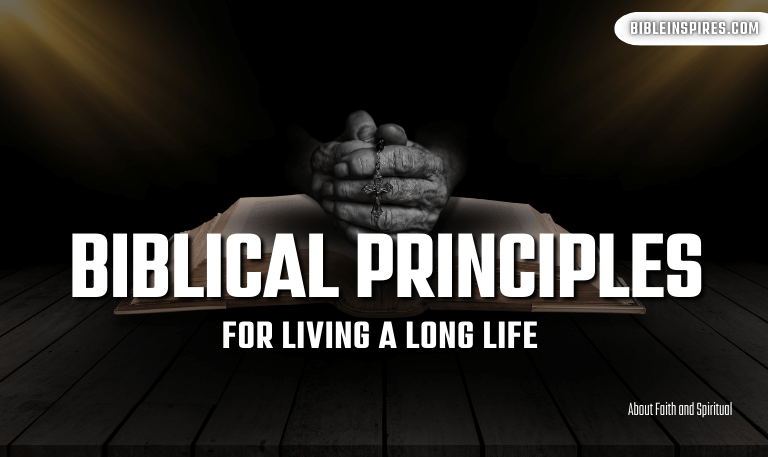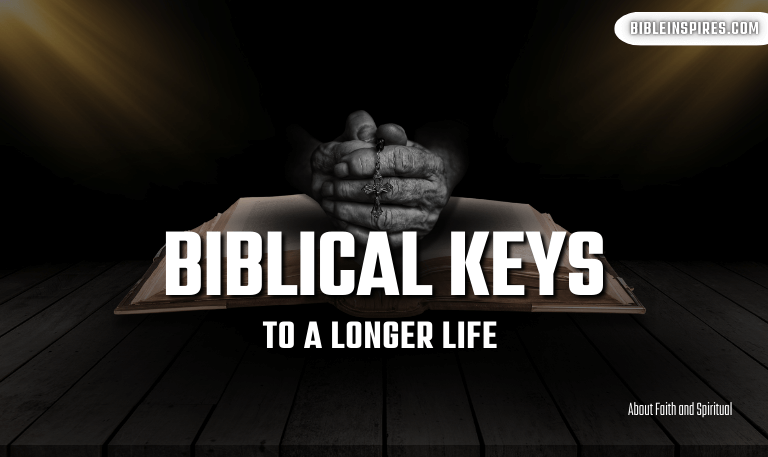The Bible is one of the most widely read and influential books in the world. It is often referred to as a spiritual guide, historical document, and cultural cornerstone. But for many, the sheer size of the Bible can be daunting, especially when trying to understand its structure and page count. How many pages are in the Bible? This question may seem simple on the surface, but the answer can vary based on the version, format, and design of the Bible. In this comprehensive guide, we will explore the page counts of different Bible versions, the factors that influence these counts, and provide insights into the significance of the Bible’s structure.
Whether you are a scholar, a casual reader, or someone seeking to understand the Bible’s vastness better, this article will provide you with a detailed and authoritative answer to the question of how many pages are in the Bible.
1. Bible’s Structure and Page Count
The Bible is an anthology of sacred texts revered by Christians, containing the Old and New Testaments. Its vast content and structure can seem overwhelming, especially when trying to quantify its length in terms of pages. Depending on the version, print style, and additional features, the page count can vary significantly.
Understanding how many pages are in the Bible is not just about numbers. It involves understanding the factors that contribute to its length and how different editions are designed to make the Bible accessible to a wider audience.
Read Also: CSB vs ESV Bible
2. What Affects the Page Count of the Bible?
Translation and Version
The first and most significant factor influencing the page count is the translation of the Bible. Different translations have varied lengths due to the differences in the translation style, the inclusion or exclusion of books, and the language used.
King James Version (KJV)
The King James Bible is often considered the gold standard for many English-speaking Christians. Known for its poetic language, the KJV has a traditional layout and tends to have a higher page count due to its use of older English syntax and additional textual elements.
New International Version (NIV)
The NIV is one of the most widely used Bible translations today, known for its more modern and accessible language. Due to its straightforward style, the NIV is typically shorter in terms of page count compared to the KJV.
Revised Standard Version (RSV)
The RSV is another widely used translation that focuses on a more scholarly approach to translation. This version tends to have a slightly more condensed page count due to its streamlined language compared to the KJV.
Other Translations
There are many other Bible versions, such as the New Living Translation (NLT), the English Standard Version (ESV), and the New American Standard Bible (NASB). Each one will have a different page count depending on its translation style, with some being more concise and others including additional footnotes or commentary.
Print Size and Layout
The print size of the Bible plays a crucial role in determining the page count. Large print Bibles, designed for those with vision difficulties, often have a higher page count due to the increased font size. Similarly, the layout and margins can affect the number of pages, with study Bibles often having larger margins to accommodate notes and commentary.
Paper Quality and Additional Features
The paper quality and any additional features (such as maps, study notes, a concordance, and references) can all impact the page count. Study Bibles, which include extra resources such as historical notes, commentary, and maps, tend to be significantly thicker and longer than standard Bibles.
Read Also: How Tall Was Jesus Christ
3. How Many Pages Are in the Bible?
Let’s take a closer look at the page count for some of the most common Bible translations.
King James Version (KJV)
Page Count: Approximately 1,200-1,300 pages
The KJV is considered one of the longest versions, largely due to its classic language, additional features, and sometimes more detailed chapter and verse formatting.
New International Version (NIV)
Page Count: Approximately 1,000-1,100 pages
The NIV is more concise in its translation and uses modern language, which reduces its overall page count.
Revised Standard Version (RSV)
Page Count: Approximately 1,100-1,200 pages
The RSV has a similar length to the KJV but may be slightly more concise in certain areas due to the updated language.
New King James Version (NKJV)
Page Count: Approximately 1,100-1,200 pages
The NKJV keeps the traditional language of the KJV but updates archaic wording, which can result in slightly fewer pages.
Other Popular Translations
English Standard Version (ESV): Typically around 1,200 pages.
New Living Translation (NLT): Ranges from 1,000 to 1,100 pages.
4. The Bible’s Content: Books, Chapters, and Verses
The Bible consists of 66 books in total (39 in the Old Testament and 27 in the New Testament). These books are divided into 1,189 chapters and 31,102 verses.
How Many Books Are in the Bible?
Old Testament: 39 books
New Testament: 27 books
Total Number of Chapters and Verses
Chapters: 1,189
Verses: 31,102
5. Differences Between Print Sizes and Bible Formats
Standard Print vs. Large Print Bibles
The Standard Print Bible typically uses smaller fonts and can have a lower page count, while a Large Print Bible increases the font size and expands the page count.
Study Bibles vs. Regular Bibles
A Study Bible is a comprehensive edition that includes commentary, historical context, and additional resources like maps. These features add significantly to the page count compared to a regular, straightforward Bible.
Read Also: Bible Verses in Acts
Pocket Bibles and Compact Editions
Pocket-sized or compact Bibles often sacrifice print size for portability, reducing the number of pages. These editions are designed for easy carrying and are ideal for people who want to read their Bible on the go.
6. Digital Versions: Do They Have the Same Page Count?
When it comes to digital versions, the page count is not always relevant. In eBibles or apps like YouVersion or Bible Gateway, the concept of pages is not used in the same way as it is in print editions. Instead, digital formats often use scrollable text, making the traditional page count unnecessary.
7. The Significance of the Bible’s Length and Size
Historical and Religious Context
The Bible’s length is a reflection of its rich history. It contains multiple literary genres, including poetry, law, history, and prophecy, all of which contribute to its extensive page count.
The Impact on Reading and Study
A Bible’s length and size can influence the reader’s experience. Study Bibles with extra commentary may encourage more in-depth study, while compact Bibles prioritize convenience over depth. Both formats serve different purposes, depending on the reader’s needs.
Read Also: Bible Verses on the Power of the Tongue
How Many Pages Are in the Bible FAQs
Q: How Many Pages Are in the King James Bible?
A: The King James Bible typically has between 1,200 and 1,300 pages, depending on the publisher and the inclusion of additional features.
Q: Does the Bible’s Page Count Vary by Version?
A: Yes, the page count varies by version. Modern translations like the NIV or NLT are typically shorter, while older versions like the KJV are longer due to the language used and additional commentary.
Q: How Many Pages Are in a Study Bible?
A: A Study Bible usually has between 1,500 and 2,000 pages. The page count is higher due to the inclusion of commentary, historical notes, and maps.
Q: Can the Bible Be Printed with Fewer Pages?
A: Yes, compact or pocket-sized editions can reduce the number of pages by using smaller fonts, thinner paper, and omitting study resources.
Q: Why Is the Bible So Long?
A: The Bible contains a vast amount of content, covering historical events, laws, poetry, prophecy, and teachings. Its length reflects the depth and breadth of these subjects.
Conclusion
In conclusion, the Bible’s page count is influenced by various factors, including the version, print size, and additional features. Whether you are looking for a compact Bible for portability or a study Bible with comprehensive notes, understanding the page count can help you choose the right edition for your needs.
The King James Bible tends to be the longest in terms of pages, while modern translations like the NIV and NLT offer more concise formats. Regardless of the edition, the Bible’s content remains timeless, providing spiritual guidance, historical insight, and moral wisdom across generations.
![How Many Pages Are in the Bible? [2025 Explained] 1 How-Many-Pages-Are-in-the-Bible-[2025-Explained]](https://bibleinspires.com/wp-content/uploads/2025/06/How-Many-Pages-Are-in-the-Bible-2025-Explained.png)
![How to Forgive According to the Bible [2025 Guide] 3 How-to-Forgive-According-to-the-Bible-[2025-Guide]](https://bibleinspires.com/wp-content/uploads/2025/04/How-to-Forgive-According-to-the-Bible-2025-Guide.png)

